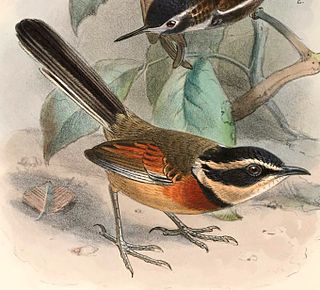
The elegant crescentchest is a species of bird in the family Melanopareiidae. It is found in Ecuador and Peru.
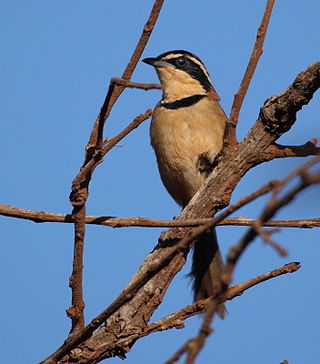
The crescentchests are a genus, Melanopareia, of suboscine passerine birds from South America. The genus has long been placed with the tapaculos in the family Rhinocryptidae. Their placement there has been questioned and in 2007 the genus was placed in its own family, Melanopareiidae, by the South American Classification Committee. Subsequently, the family was accepted by the International Ornithological Congress Bird List and the Clements Checklist. The family Melanopareiidae was formally erected in 2009.
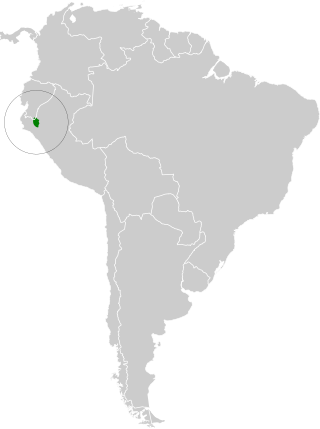
The Marañón crescentchest is a species of bird in the family Melanopareiidae. It is found in southern Ecuador and northern Peru.

The olive-crowned crescentchest is a species of bird in the family Melanopareiidae. It is found in Argentina, Bolivia, and Paraguay.

The neblina tapaculo is a species of bird in the family Rhinocryptidae. It is endemic to the Andes of northern Peru.
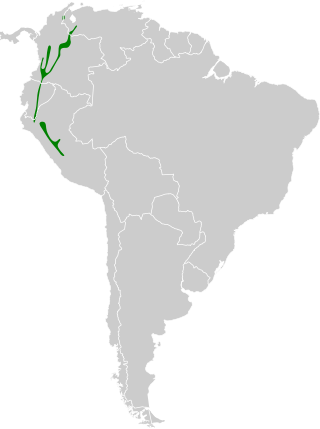
The white-crowned tapaculo is a species of bird in the family Rhinocryptidae. It is found in Bolivia, Colombia, Ecuador, Peru, and Venezuela.

The Bolivian tapaculo is a species of bird in the family Rhinocryptidae. It is found in Bolivia and Peru.
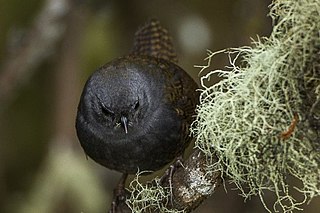
The Paramo tapaculo is a species of bird in the family Rhinocryptidae. It is found in the Andes of Ecuador and southern Colombia.
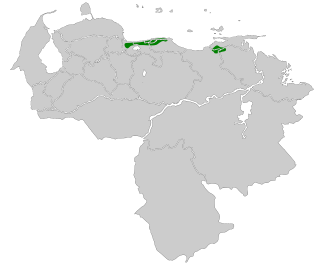
The Caracas tapaculo is a species of bird in the family Rhinocryptidae. It is endemic to Venezuela.
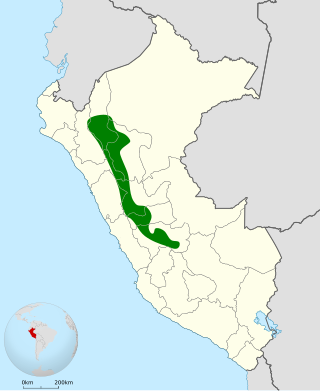
The rufous-vented tapaculo is a species of bird in the family Rhinocryptidae. It is endemic to Peru.

The Mérida tapaculo is a species of bird in the family Rhinocryptidae. It is endemic to Venezuela.

The Tacarcuna tapaculo is a species of bird in the family Rhinocryptidae. It is found in Panama and Colombia.
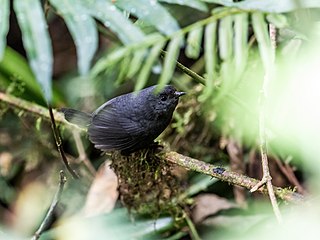
The trilling tapaculo is a species of bird in the family Rhinocryptidae. It is found in Bolivia and Peru.

The puna tapaculo is a species of bird in the family Rhinocryptidae. It is found in Bolivia and Peru.

The Nariño tapaculo is a species of bird in the family Rhinocryptidae. It is found in Colombia and Ecuador.

The Diamantina tapaculo is a species of bird in the family Rhinocryptidae. It is endemic to northeastern Brazil.
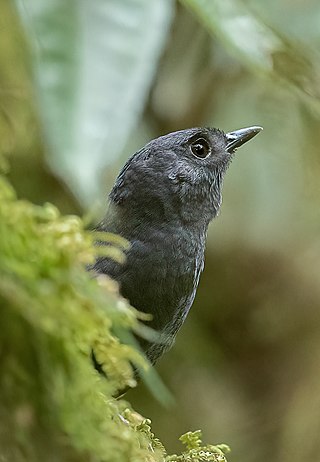
The Tatama tapaculo is a species of bird in the family Rhinocryptidae. It is endemic to western Colombia.

The double-collared crescentchest is a species of bird in the family Melanopareiidae. It is found in eastern Bolivia and adjacent areas in Brazil.

The Utcubamba tapaculo is a species of bird in the family Rhinocryptidae that the South American Classification Committee of the American Ornithological Society split from blackish tapaculo in July 2020. It is endemic to Peru.

The Loja tapaculo is a species of bird in the family Rhinocryptidae that the South American Classification Committee of the American Ornithological Society (AOS) accepted as a new species in July 2020. It had been classified as a subspecies of paramo tapaculo. It is found in Ecuador and Peru.























